Home>Home Appliances>Home Automation Appliances>What Color Is The C-Wire On A Thermostat
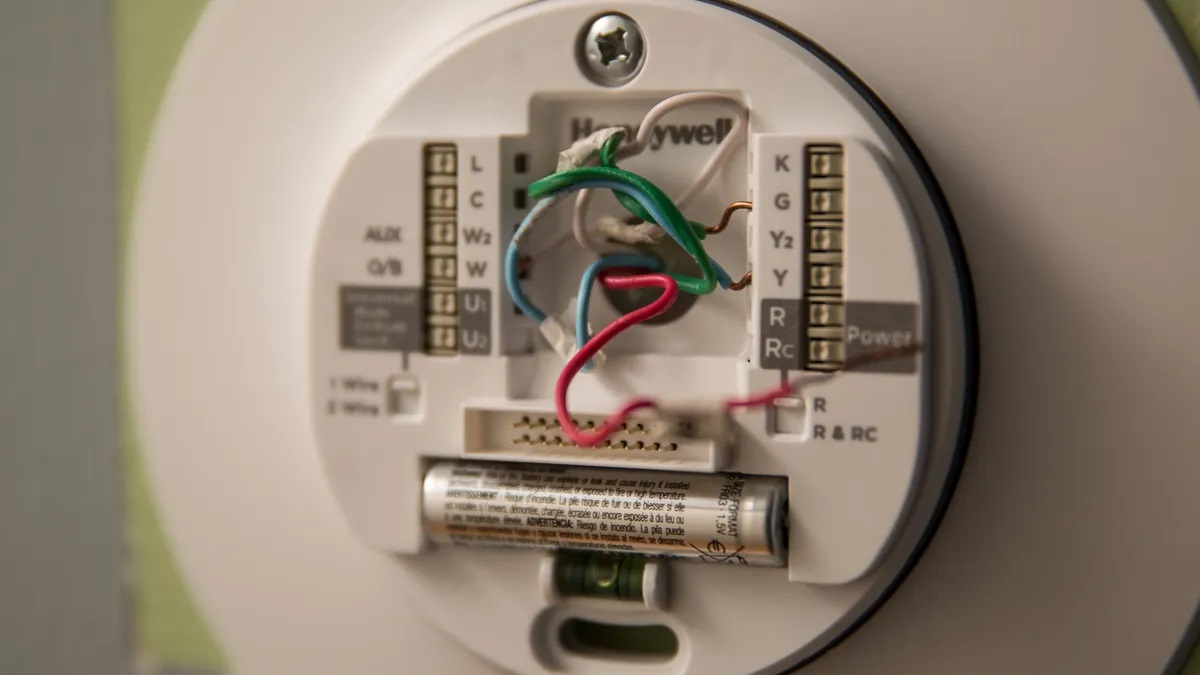

Home Automation Appliances
What Color Is The C-Wire On A Thermostat
Modified: August 27, 2024
Find out the color of the C-wire on a thermostat for your home automation appliances. Discover the essential information you need to install your thermostat correctly.
(Many of the links in this article redirect to a specific reviewed product. Your purchase of these products through affiliate links helps to generate commission for Storables.com, at no extra cost. Learn more)
Introduction
Welcome to the world of smart home technology, where every appliance and gadget seems to be getting smarter by the day. One crucial component of this intelligent ecosystem is the thermostat, a device that controls the heating, ventilation, and air conditioning (HVAC) system in your home. As you explore the realm of thermostats, you might come across the enigmatic "C-wire," also known as the common wire. Understanding the C-wire and its significance is essential for anyone delving into the realm of thermostat installation and smart home automation.
In this article, we will unravel the mysteries surrounding the C-wire, shedding light on its purpose, common colors, and how to identify it on a thermostat. Whether you're a seasoned DIY enthusiast or a newcomer to the world of home automation, this guide will equip you with the knowledge needed to navigate the complexities of thermostat wiring and ensure a seamless integration of smart technology into your living space. So, let's embark on this enlightening journey and demystify the enigma of the C-wire in thermostat installations.
Key Takeaways:
- The C-wire, or common wire, is crucial for powering smart thermostats, ensuring reliable connectivity and optimal performance for your home’s HVAC system.
- Identifying the C-wire can be done by checking wire colors, using a multimeter, inspecting terminal labels, and seeking professional assistance if needed.
Read more: What Is A C Wire Adapter For A Thermostat
Understanding the C-Wire
The C-wire, short for "common wire," serves as the constant power supply for your thermostat. In traditional HVAC systems, thermostats were powered by batteries, but with the advent of smart thermostats and their advanced features, a continuous source of power became essential. This is where the C-wire comes into play, providing a dedicated power line to ensure the smooth operation of your thermostat and its connected components.
Unlike the other thermostat wires, which are responsible for controlling the heating, cooling, and fan systems, the C-wire exclusively delivers 24-volt AC power. This constant power supply enables smart thermostats to maintain their connectivity, power their displays, and facilitate the exchange of data with the HVAC system. Essentially, the C-wire acts as the vital lifeline that keeps your thermostat functioning optimally.
It’s important to note that not all HVAC systems have a C-wire. Older systems may lack this wire, which can pose a challenge when installing a smart thermostat that requires it. In such cases, various solutions, such as using a power adapter or reconfiguring the existing wiring, can be explored to provide the necessary power source for the thermostat.
Understanding the role of the C-wire is pivotal in the realm of thermostat installations, as it ensures that your smart thermostat operates reliably and efficiently. With this foundational knowledge in place, let’s delve into the common colors associated with the C-wire and how to identify it amidst the array of wires within a thermostat interface.
Common C-Wire Colors
When dealing with thermostat wiring, it’s essential to be aware of the common colors associated with the C-wire. While there is no universal standard for wire colors in HVAC systems, certain conventions are widely followed, making it easier to identify the C-wire based on its color. The C-wire can be one of several colors, each denoting a specific function within the HVAC system.
The most prevalent color for the C-wire is blue, making it relatively easy to spot amidst the array of wires connected to the thermostat. However, it’s important to exercise caution, as the color-coding of wires can vary based on the specific HVAC system and its installation. In instances where the C-wire is not blue, it may be another color, such as brown, black, or even white. Therefore, it’s crucial to verify the wiring configuration and consult the system’s documentation to accurately identify the C-wire.
Modern smart thermostats often come with detailed instructions and compatibility checkers to assist users in identifying the C-wire and ensuring a seamless installation process. Additionally, online resources and HVAC forums can provide valuable insights into the common wire colors used in different HVAC systems, empowering homeowners to navigate the intricacies of thermostat wiring with confidence.
While the C-wire is commonly associated with specific colors, it’s important to approach its identification with diligence, especially in older HVAC systems where non-standard wiring configurations may be present. By familiarizing yourself with the typical colors attributed to the C-wire and leveraging available resources, you can effectively pinpoint this crucial component and proceed with the installation or troubleshooting of your thermostat.
Now that we’ve explored the common colors associated with the C-wire, let’s delve into the practical aspects of identifying the C-wire on a thermostat, equipping you with the knowledge needed to navigate the wiring complexities with ease.
The C-wire on a thermostat is typically blue, but it can also be black or another color. It’s important to check the wiring diagram for your specific thermostat to confirm the color of the C-wire.
Identifying the C-Wire on a Thermostat
Amidst the cluster of wires connected to a thermostat, identifying the C-wire is a crucial step in the installation or troubleshooting process. While the C-wire’s color provides a helpful indicator, it’s essential to verify its identity with precision to ensure a seamless integration with your smart thermostat. Here are some practical steps to assist you in identifying the C-wire on a thermostat:
- Refer to the Documentation: Start by consulting the documentation or user manual of your HVAC system. The documentation often includes a wiring diagram that delineates the function and color-coding of each wire, aiding in the identification of the C-wire.
- Utilize a Multimeter: If the wire colors are not clearly labeled or if you encounter non-standard wiring, a multimeter can be utilized to measure the voltage across the wires. The C-wire will consistently register a 24-volt AC power output, distinguishing it from the other wires.
- Inspect the Terminal Labels: Thoroughly examine the terminals on the thermostat base. The C-wire is typically labeled as "C" or "Common," providing a definitive marker for its identification.
- Verify Compatibility Checkers: Many smart thermostat manufacturers offer online compatibility checkers that guide users through the installation process. These tools often include prompts to identify the C-wire, streamlining the setup and minimizing potential wiring errors.
- Seek Professional Assistance: If you encounter challenges in identifying the C-wire or navigating the wiring intricacies, reaching out to a qualified HVAC technician can provide invaluable support. Their expertise can ensure a precise identification of the C-wire and facilitate a smooth installation process.
By leveraging these methods, you can confidently pinpoint the C-wire on your thermostat, laying the groundwork for a successful installation or troubleshooting endeavor. Identifying the C-wire is a pivotal aspect of thermostat wiring, and by employing these practical strategies, you can streamline the process and harness the full potential of your smart thermostat.
Now that we’ve shed light on the identification of the C-wire, let’s delve into the significance of this essential component and its role in ensuring the optimal performance of your smart thermostat and HVAC system.
Importance of the C-Wire
The C-wire, or common wire, plays a pivotal role in the seamless operation of smart thermostats and their integration with HVAC systems. Understanding the significance of the C-wire is essential for homeowners looking to harness the full potential of their smart thermostats and ensure a reliable power supply for these advanced devices.
One of the primary reasons for the prominence of the C-wire is its provision of a constant 24-volt AC power supply to the thermostat. This continuous power source enables smart thermostats to maintain their connectivity, power their displays, and facilitate the exchange of data with the HVAC system. Without the C-wire, smart thermostats may encounter power-related issues, impacting their performance and limiting the functionality of their advanced features, such as Wi-Fi connectivity, programming capabilities, and sensor integrations.
Moreover, the C-wire serves as a safeguard against potential power interruptions, ensuring that the thermostat remains operational even in the absence of battery power. This reliability is especially crucial for smart thermostats, which rely on a consistent power supply to execute their energy-saving algorithms, temperature adjustments, and remote access functionalities.
Furthermore, the C-wire empowers homeowners to fully utilize the capabilities of their smart thermostats, including the implementation of energy-efficient schedules, remote temperature adjustments, and seamless integration with home automation systems. By providing a stable power source, the C-wire enhances the overall user experience, enabling homeowners to leverage the full spectrum of features offered by modern smart thermostats.
For those embarking on the installation of a smart thermostat, the presence of a C-wire is a critical consideration. While various workarounds exist for HVAC systems lacking a C-wire, such as utilizing a power adapter or reconfiguring the existing wiring, the inclusion of a dedicated C-wire simplifies the installation process and ensures a robust power supply for the smart thermostat.
By recognizing the importance of the C-wire and its role in powering smart thermostats, homeowners can make informed decisions regarding thermostat installations, troubleshoot power-related issues effectively, and optimize the performance of their HVAC systems through seamless integration with smart technology.
With a comprehensive understanding of the C-wire’s significance, homeowners can embark on their smart thermostat journey with confidence, knowing that a stable and reliable power supply is at the heart of their home comfort and energy management systems.
Read more: What Color Are Thermostat Wires
Conclusion
Congratulations on unraveling the mysteries of the C-wire in thermostat installations! Throughout this exploration, we’ve delved into the fundamental aspects of the C-wire, from its role as a constant power supply to the practical methods for identifying it on a thermostat. By understanding the importance of the C-wire and its impact on the seamless operation of smart thermostats, you are well-equipped to navigate the complexities of thermostat wiring and ensure a reliable power source for your home automation systems.
As you venture into the realm of smart home technology, the knowledge gained from this guide empowers you to make informed decisions regarding thermostat installations, troubleshoot power-related issues effectively, and optimize the performance of your HVAC systems through seamless integration with smart technology. Whether you’re embarking on a DIY thermostat installation or seeking to enhance the functionality of your existing smart thermostat, the C-wire stands as a crucial component that underpins the reliability and performance of these advanced devices.
Remember, the C-wire serves as the vital lifeline that keeps your thermostat functioning optimally, enabling the implementation of energy-efficient schedules, remote temperature adjustments, and seamless integration with home automation systems. By recognizing the significance of the C-wire and its role in powering smart thermostats, you are poised to embark on your smart thermostat journey with confidence, knowing that a stable and reliable power supply is at the heart of your home comfort and energy management systems.
As you continue to explore the ever-evolving landscape of smart home technology, may the knowledge gained from this guide serve as a beacon, illuminating the path to a seamlessly integrated and intelligently controlled living space. With the C-wire as your ally, your smart thermostat endeavors are poised for success, ushering in a new era of comfort, convenience, and energy efficiency within your home.
Embrace the power of the C-wire, and may your smart home journey be filled with innovation, comfort, and the seamless orchestration of your home automation aspirations.
Frequently Asked Questions about What Color Is The C-Wire On A Thermostat
Was this page helpful?
At Storables.com, we guarantee accurate and reliable information. Our content, validated by Expert Board Contributors, is crafted following stringent Editorial Policies. We're committed to providing you with well-researched, expert-backed insights for all your informational needs.
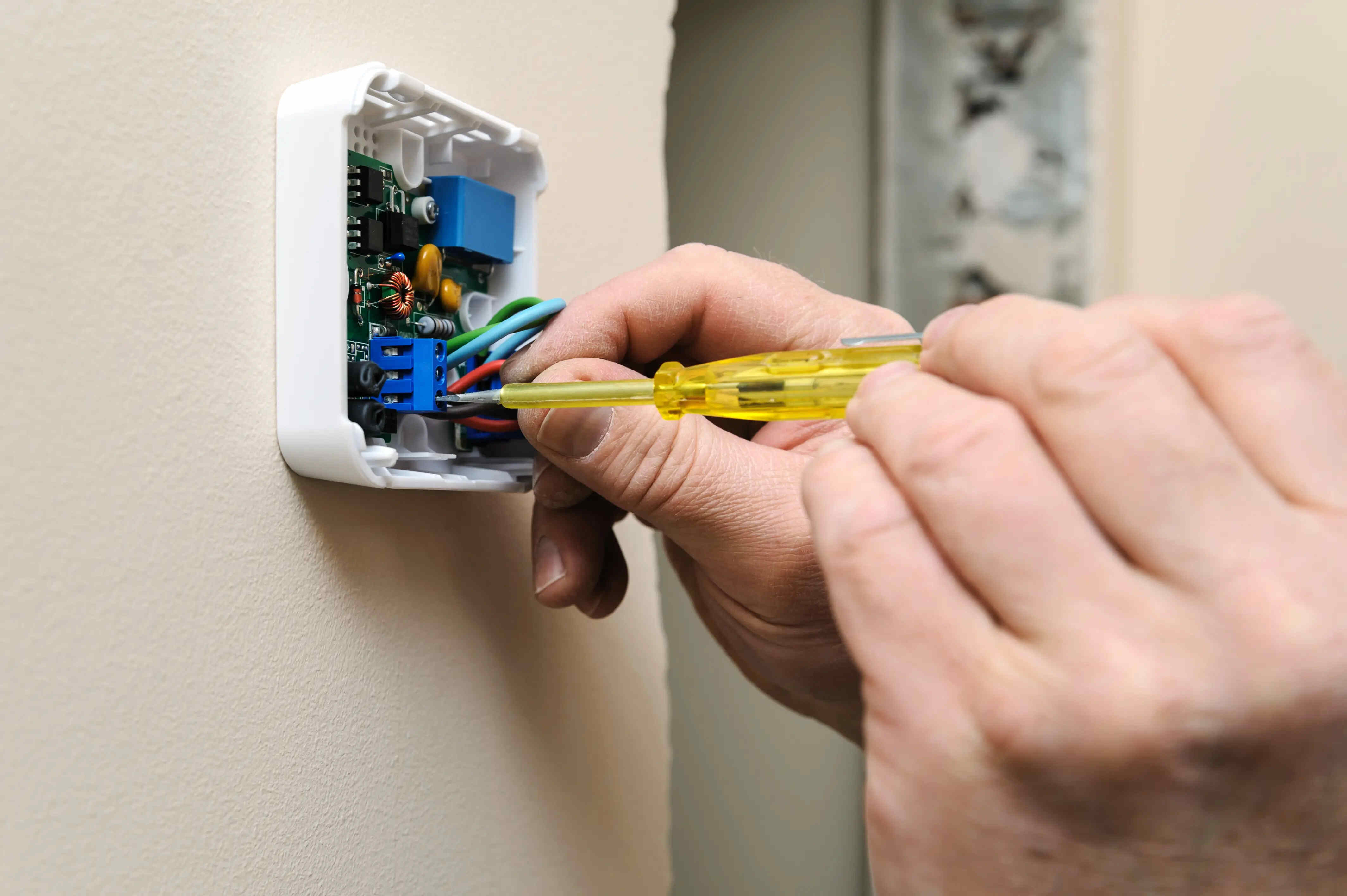
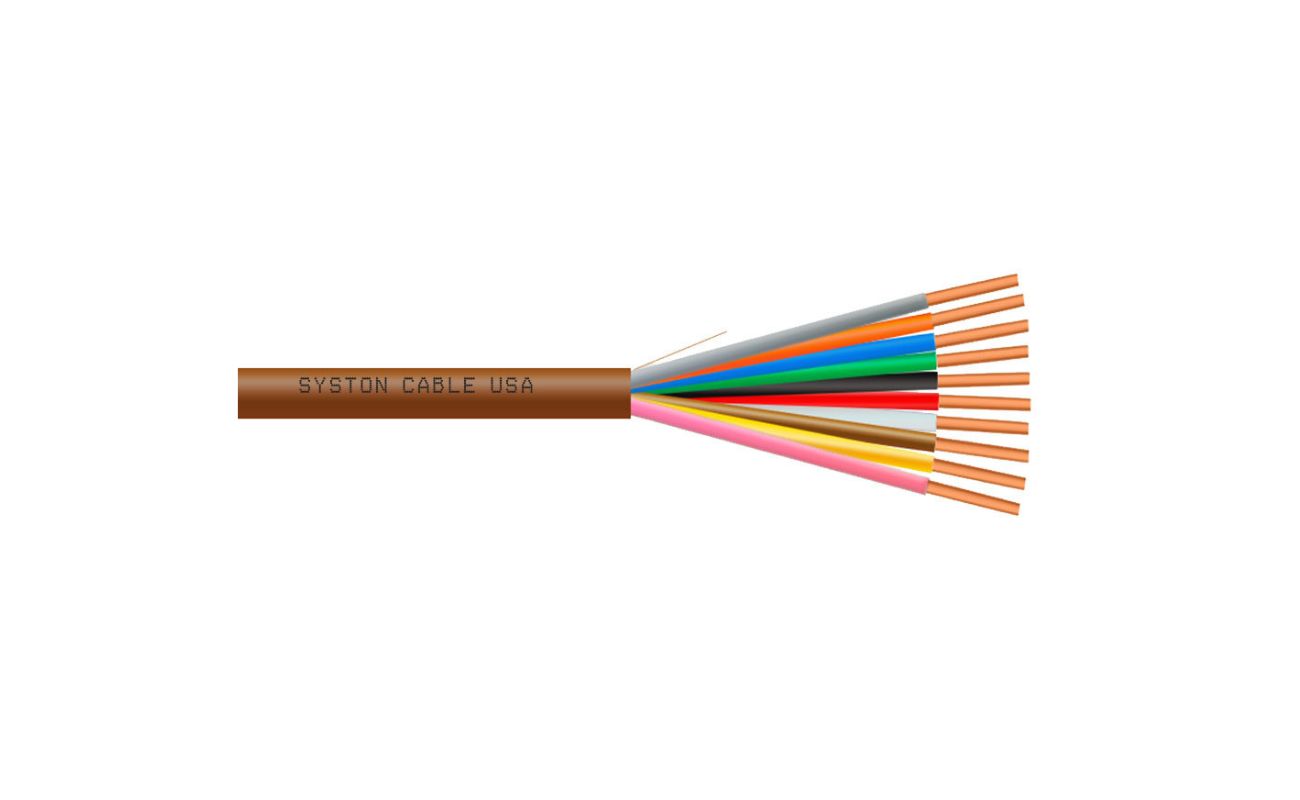
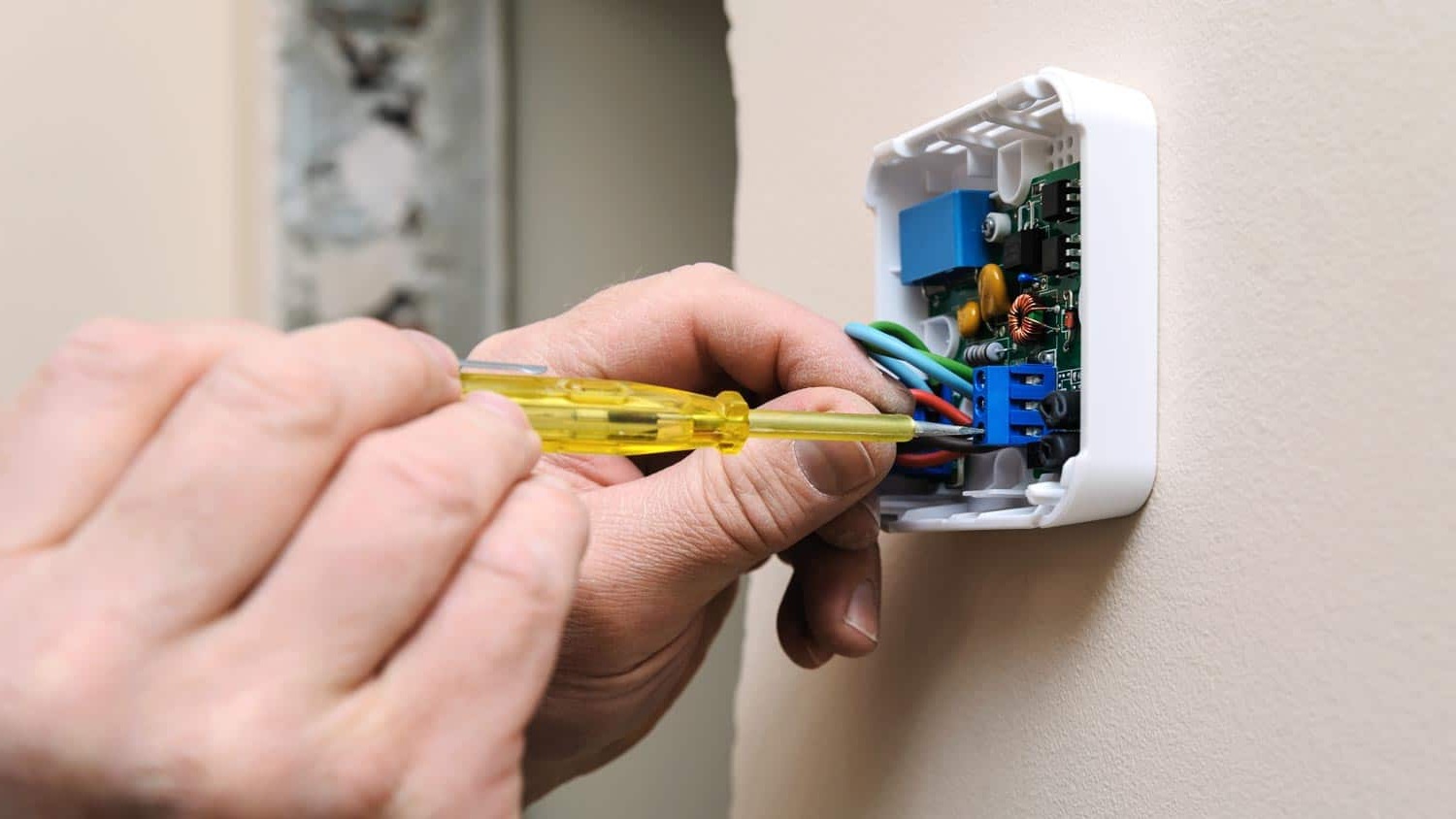
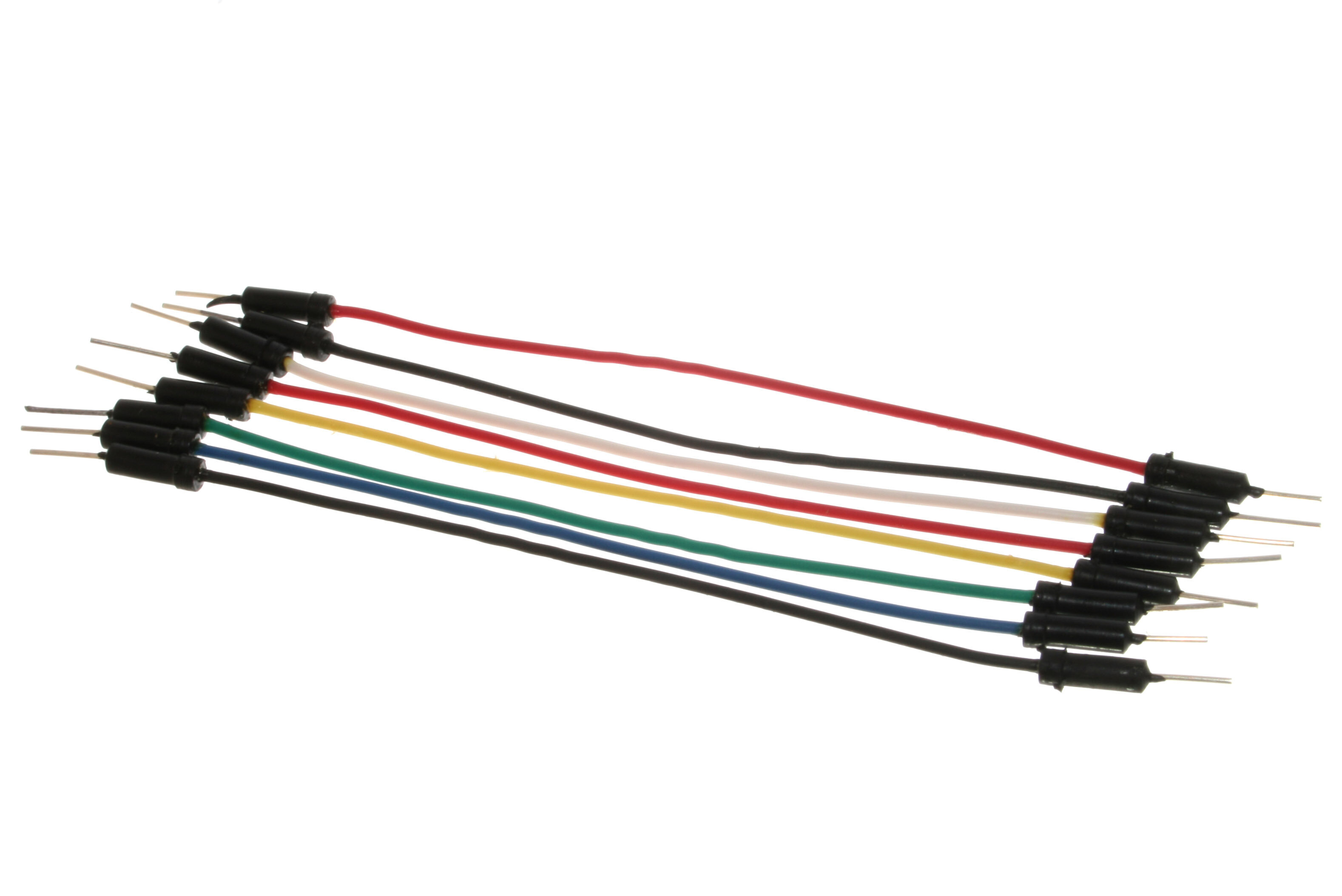
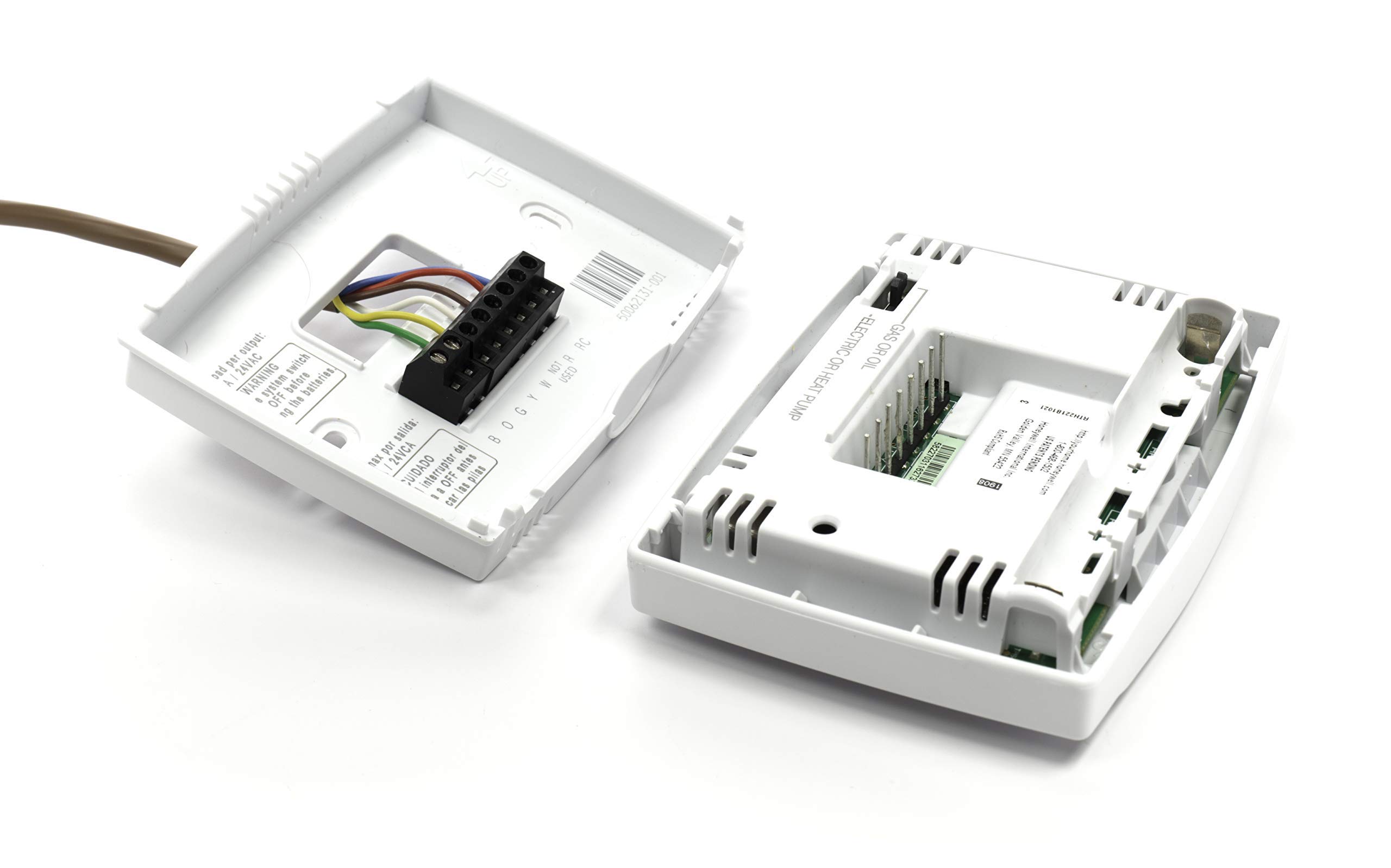
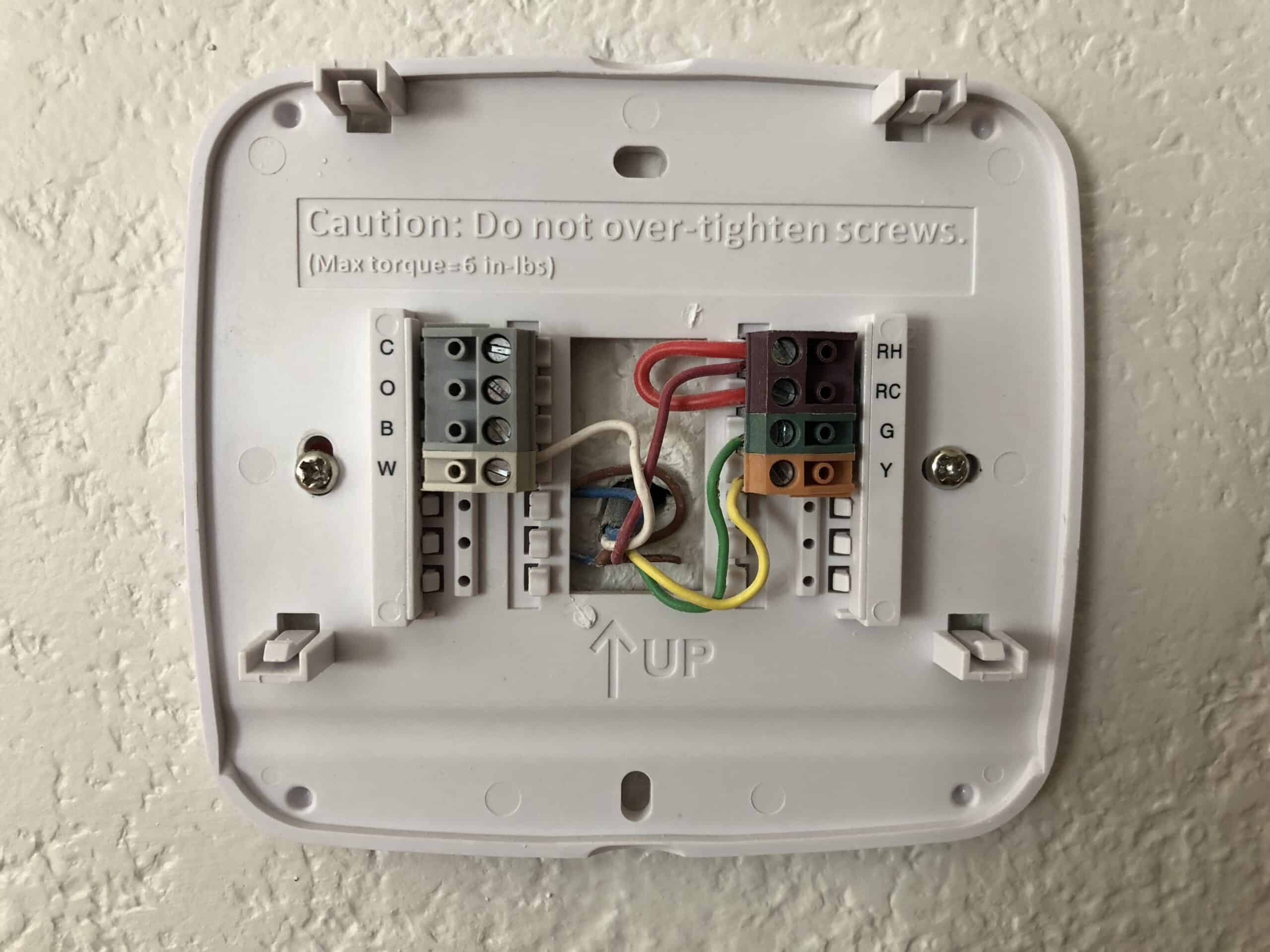
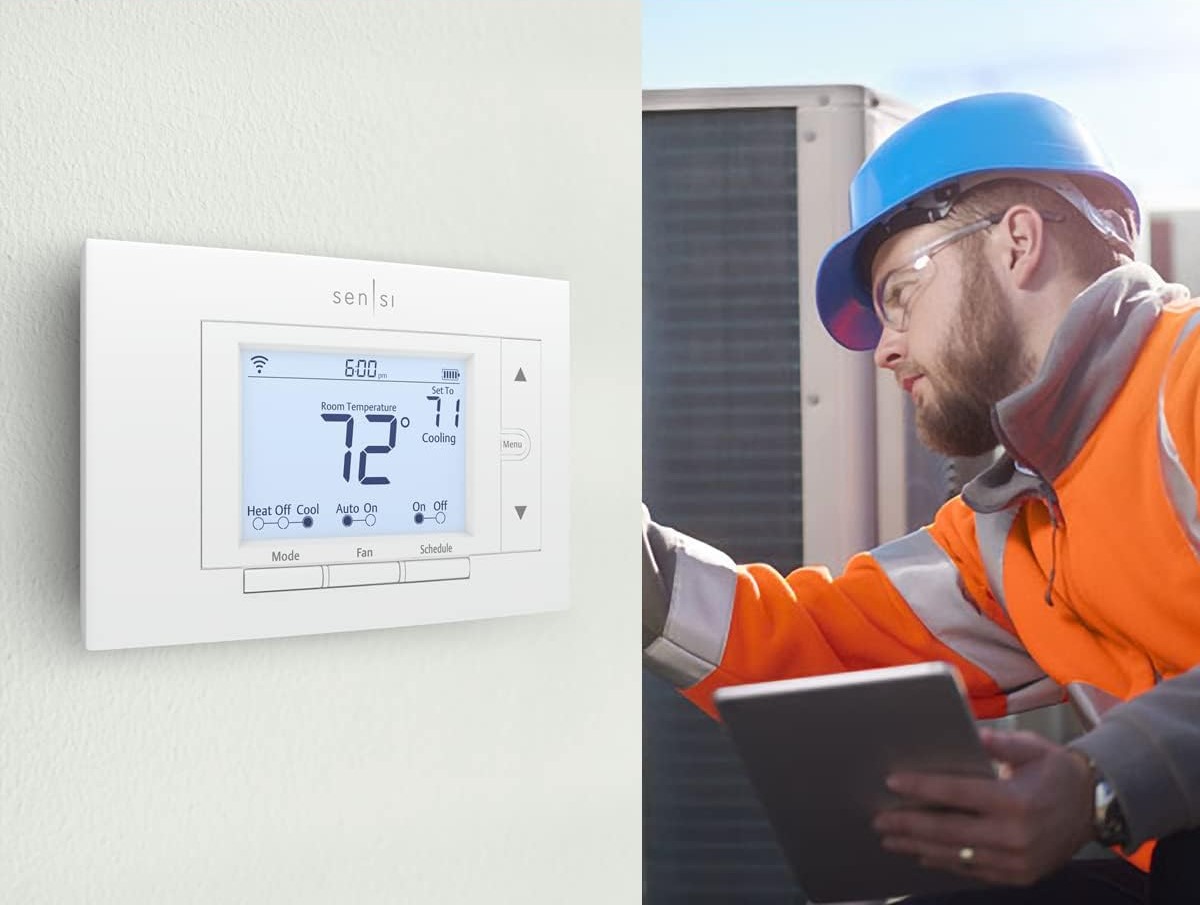
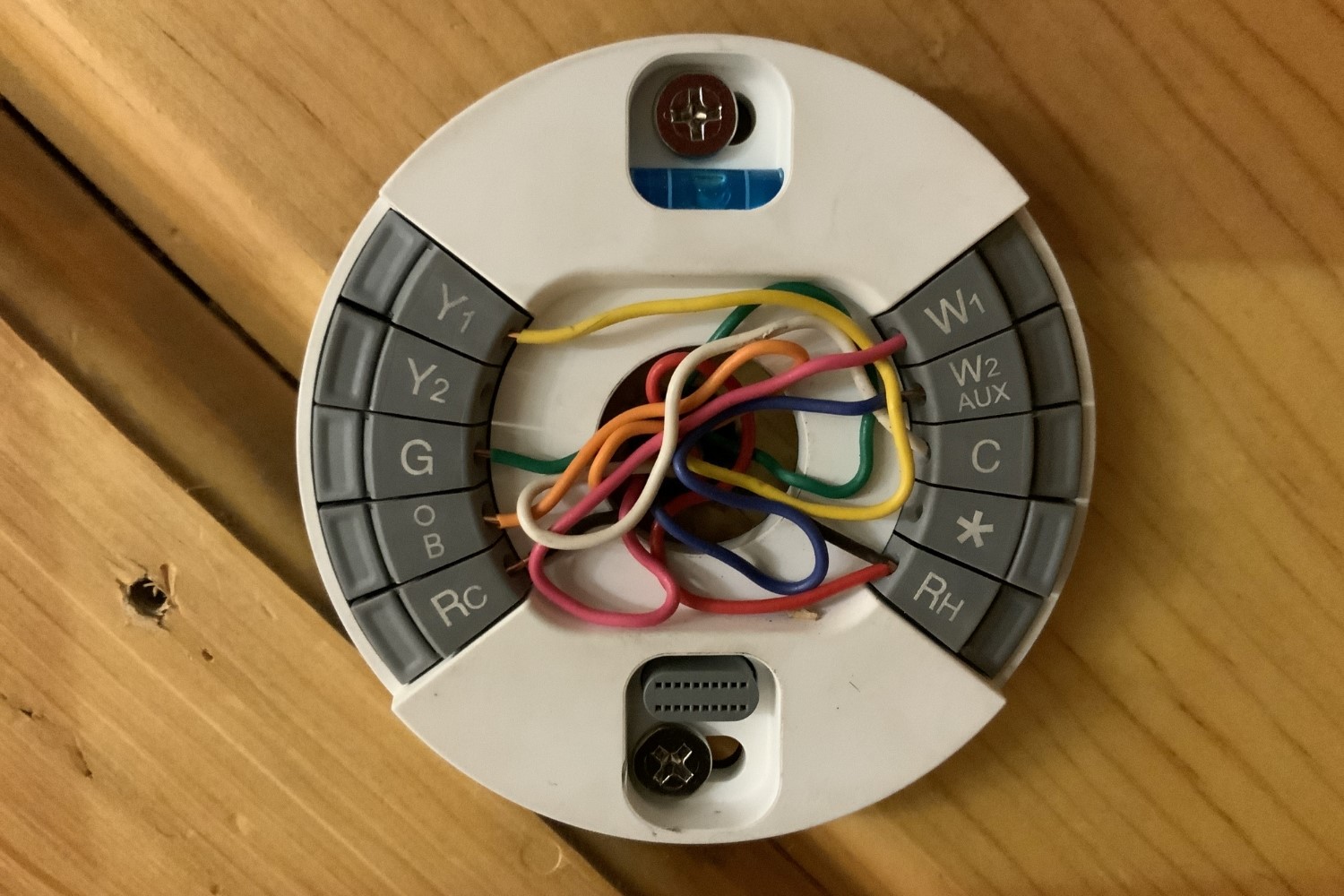
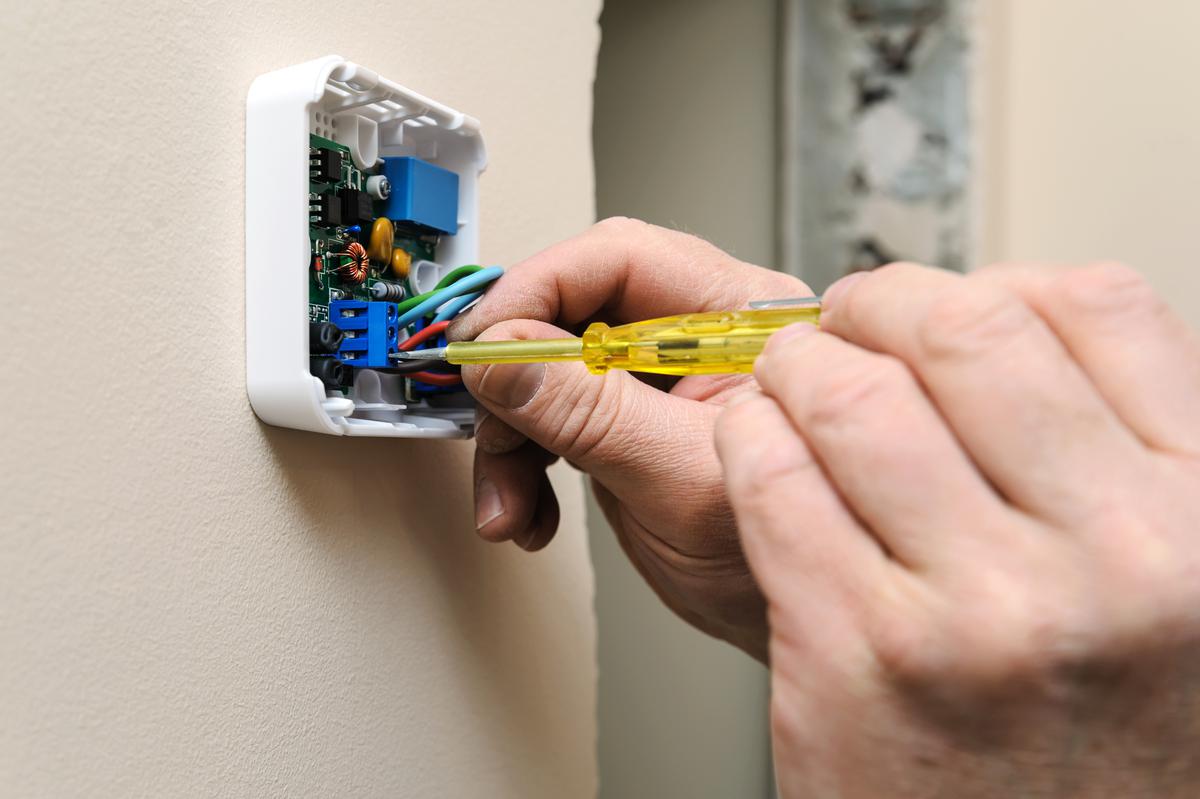
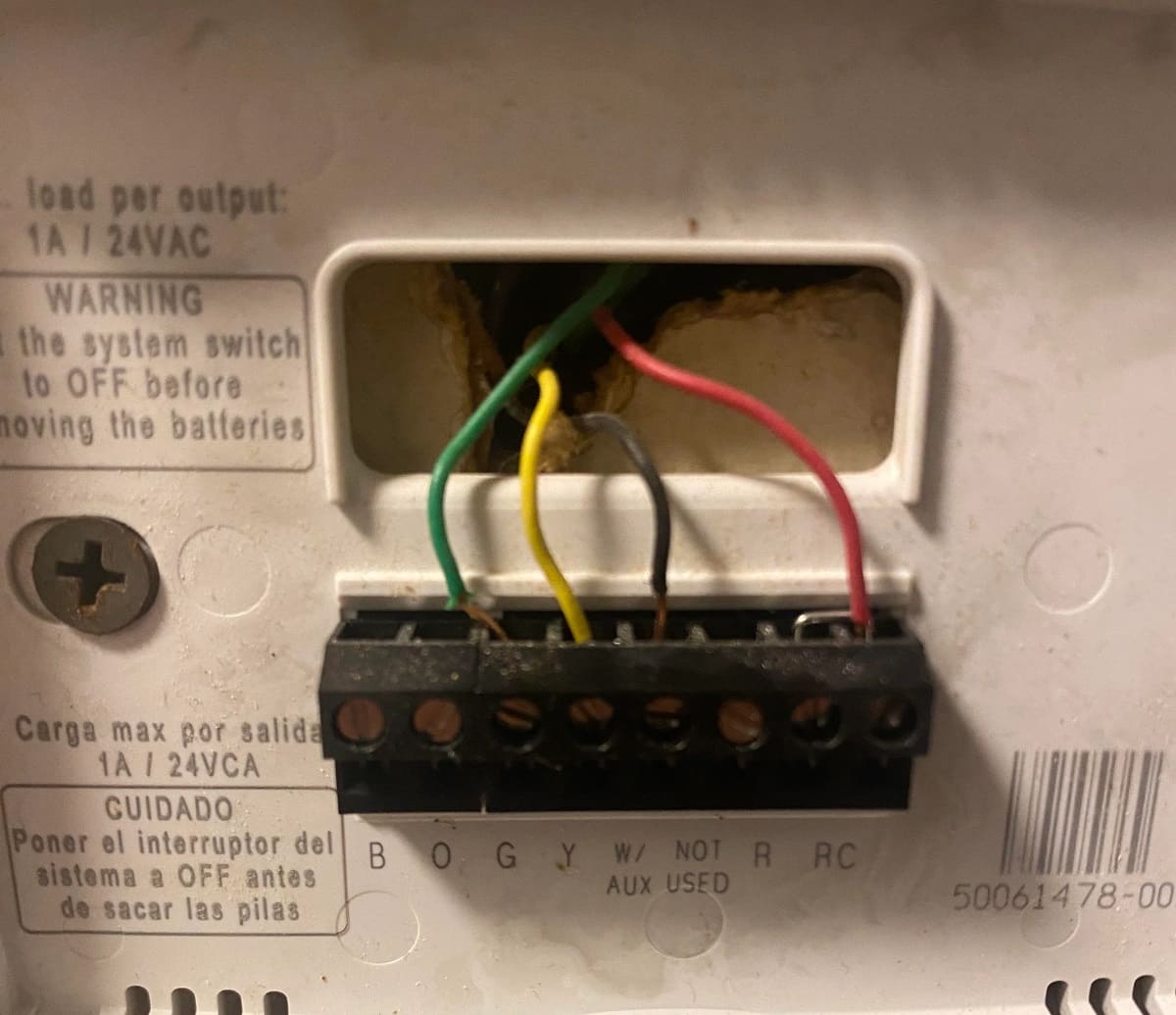
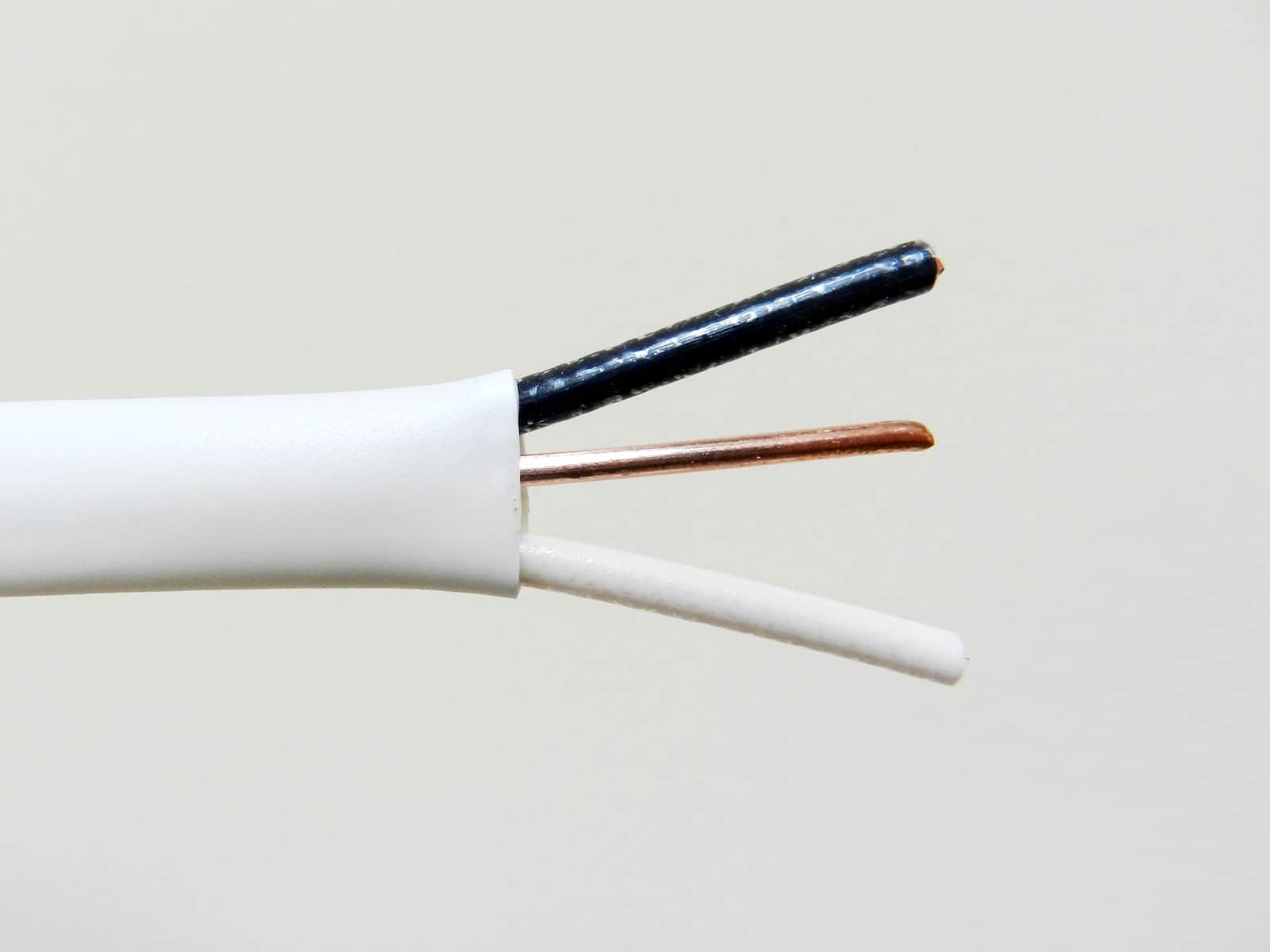
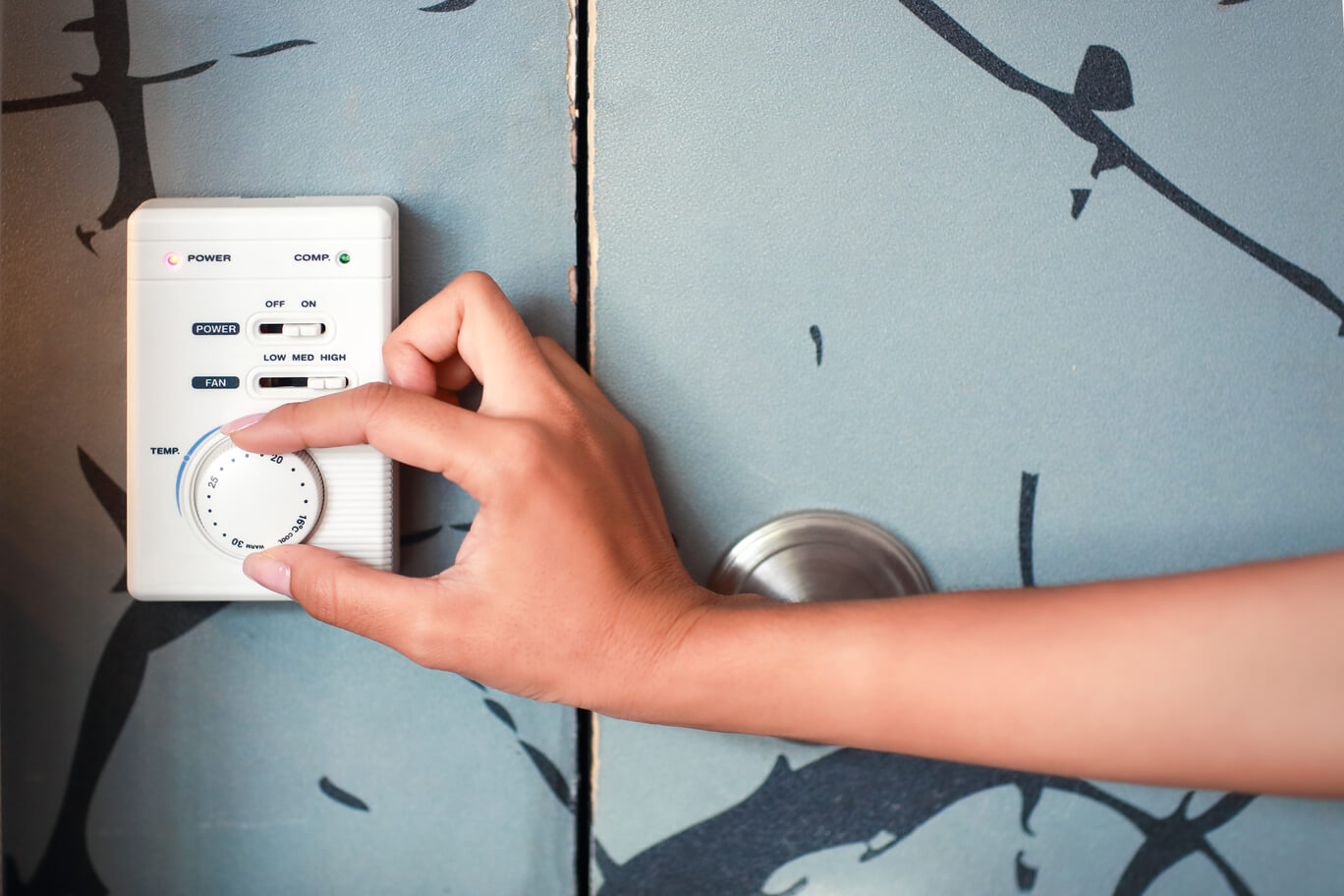
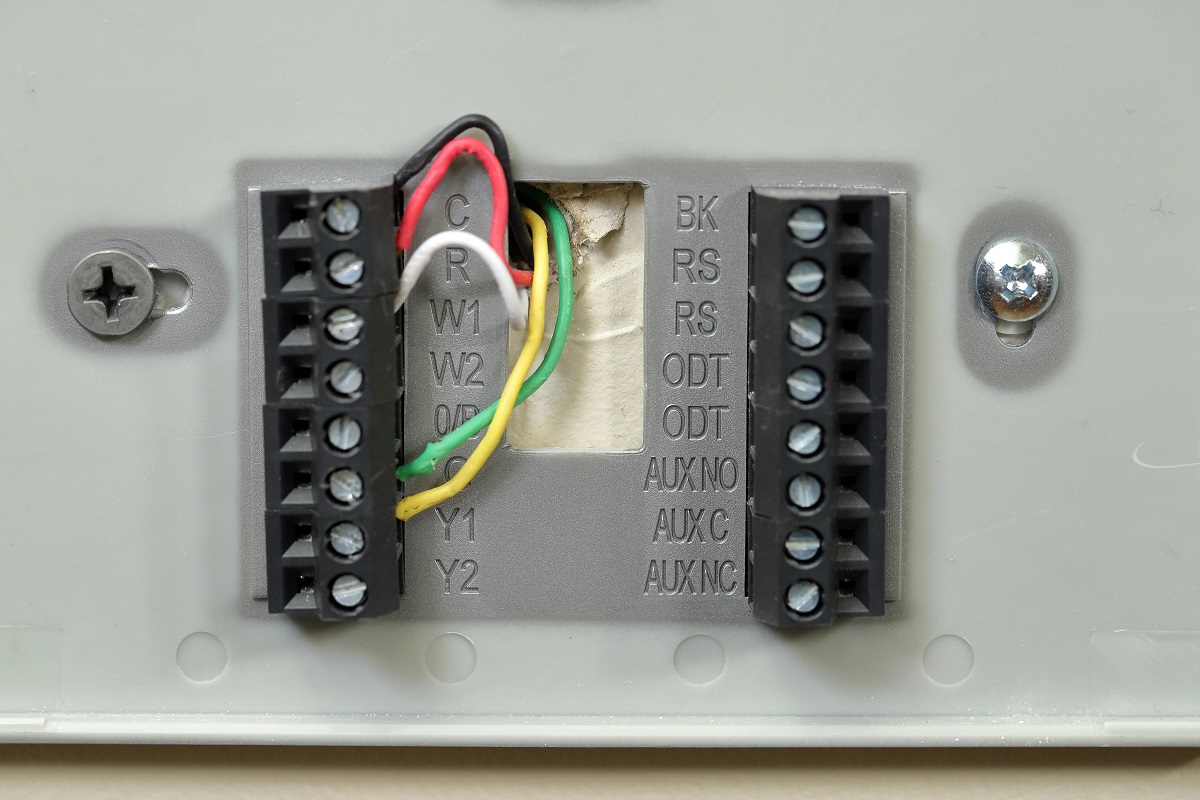
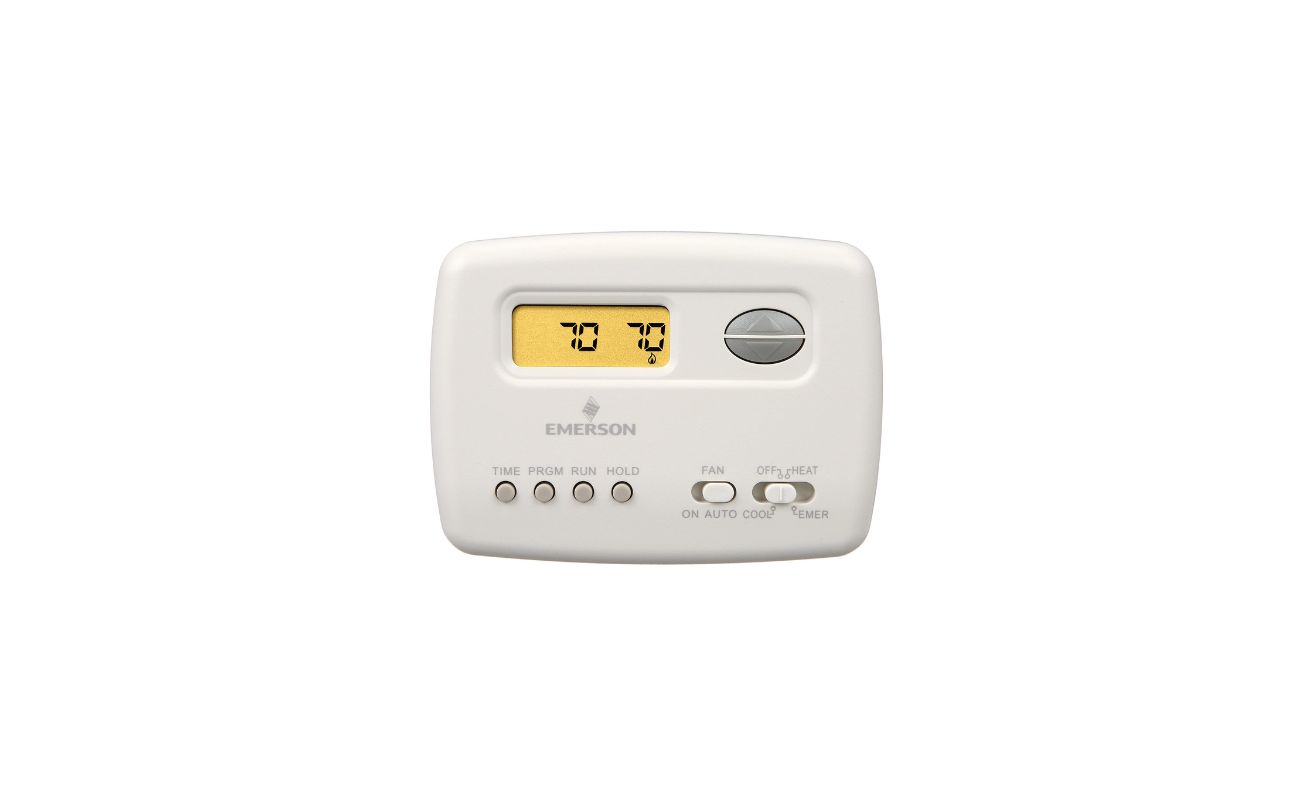

0 thoughts on “What Color Is The C-Wire On A Thermostat”